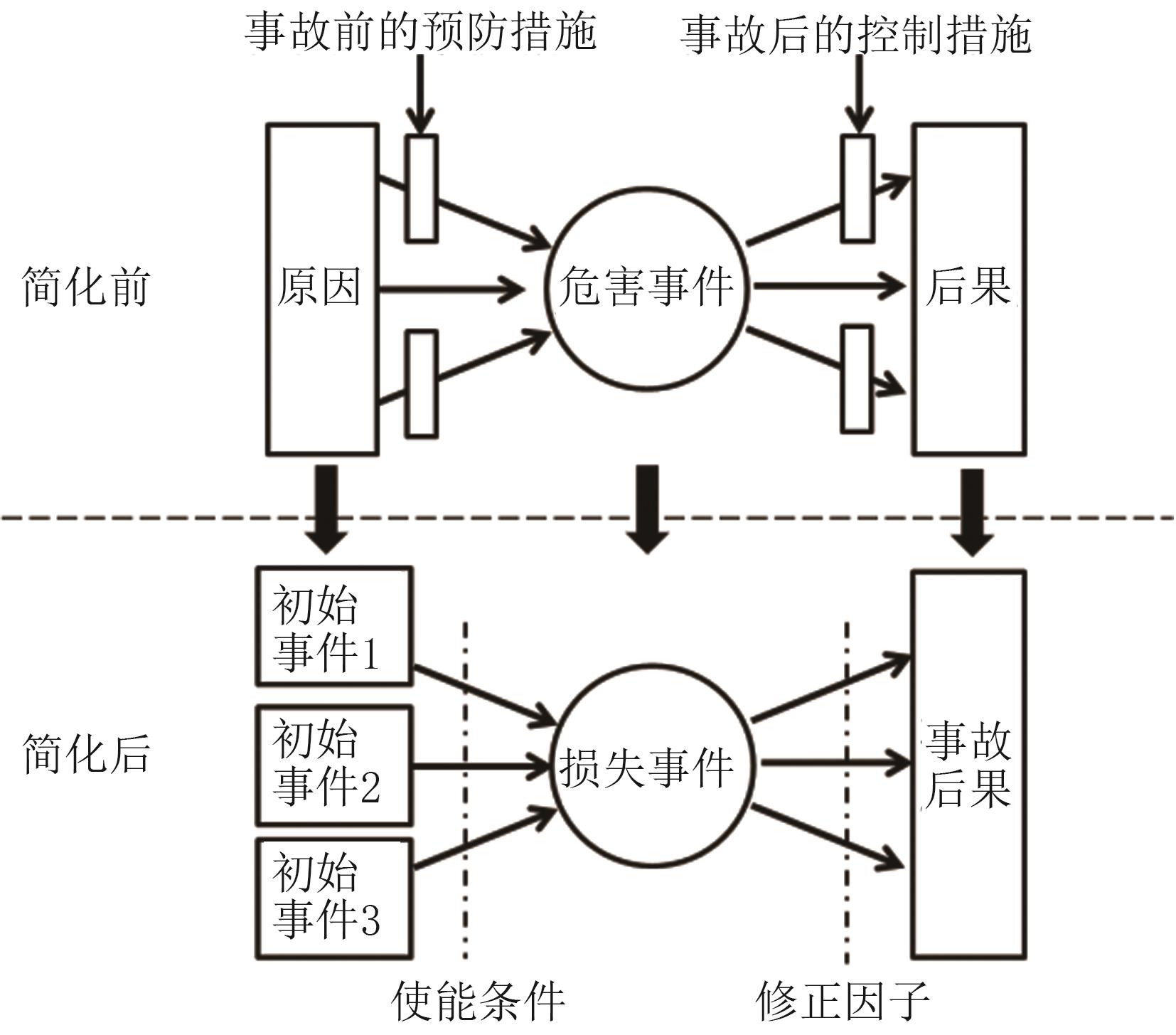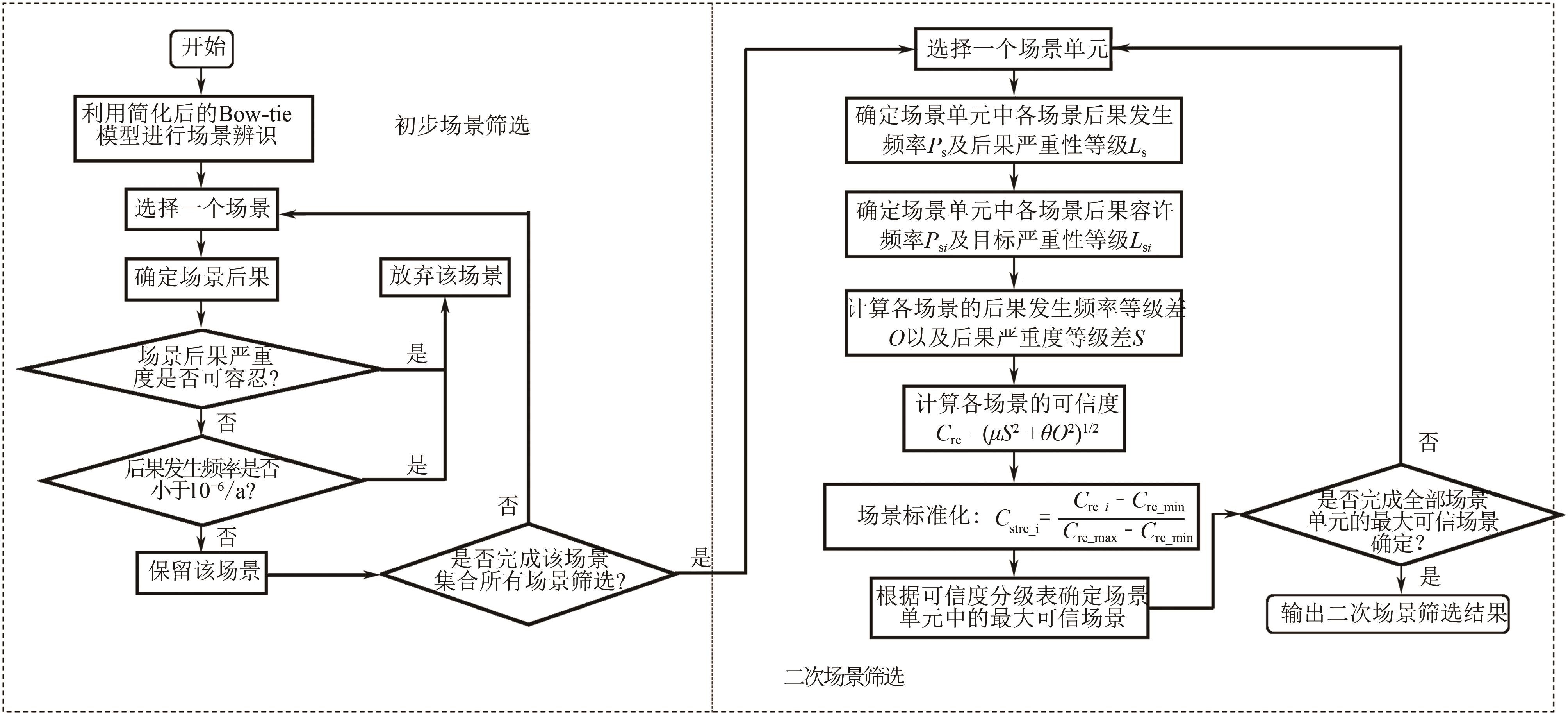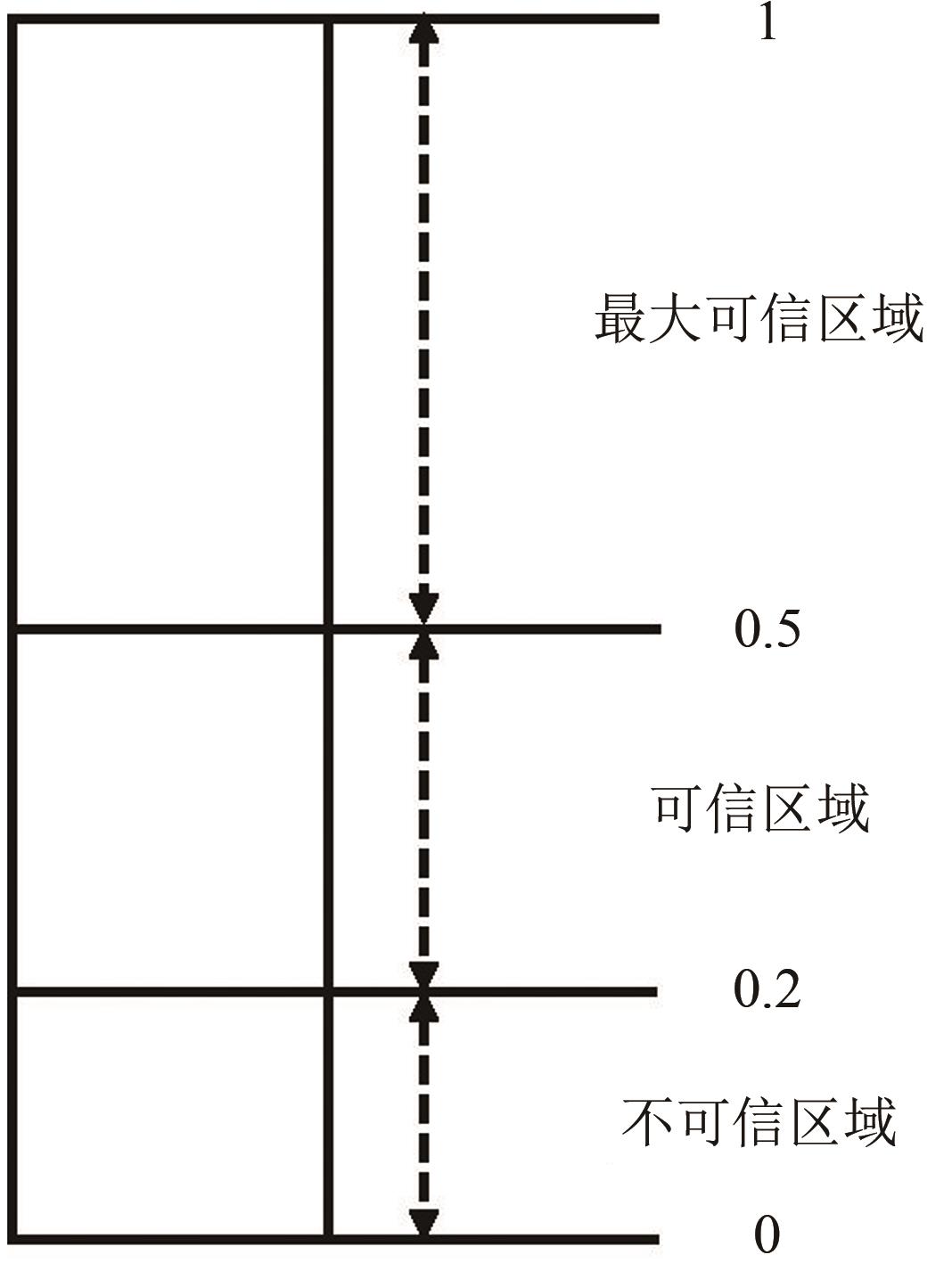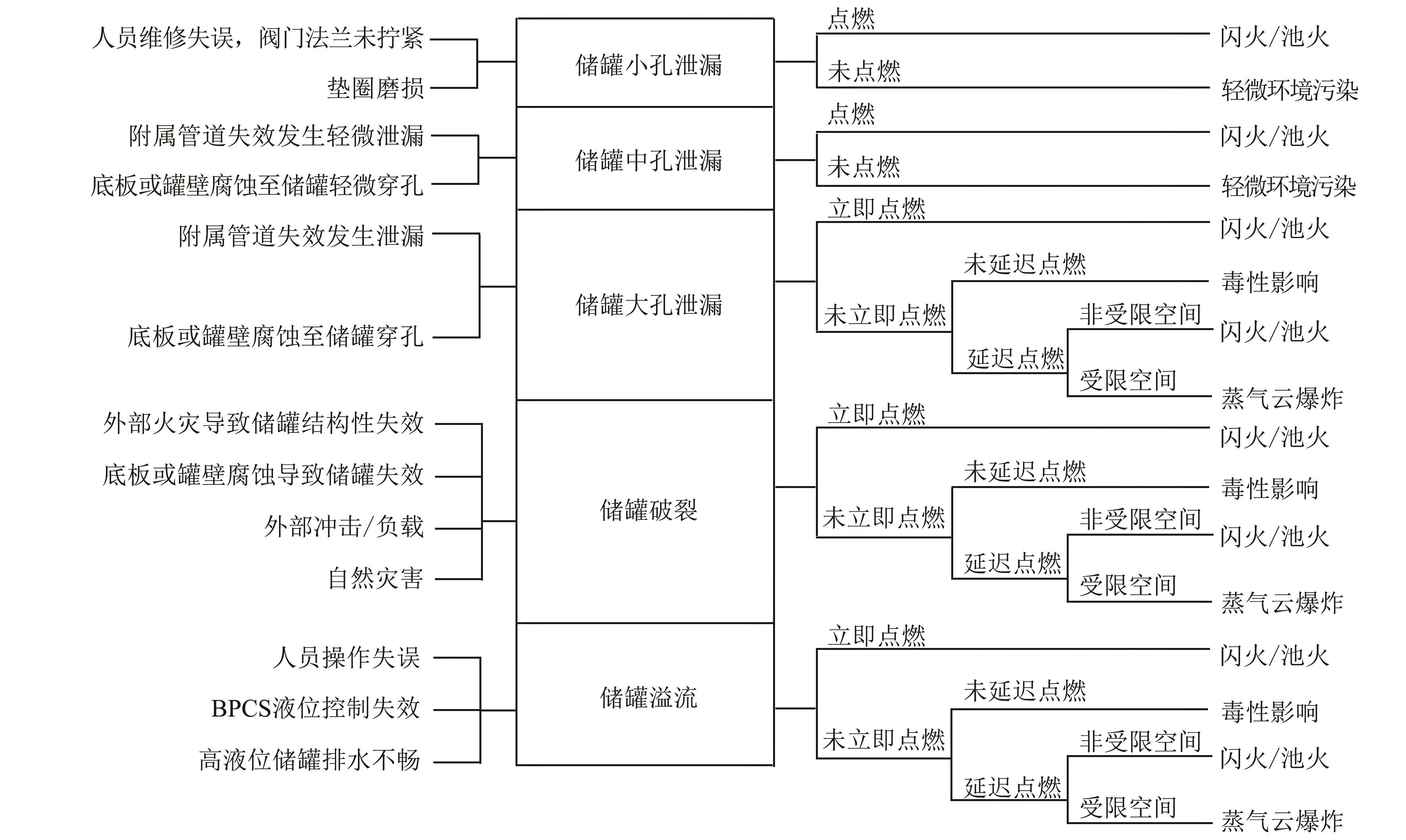| 1 |
BAYBUTT P. On the completeness of scenario identification in process hazard analysis (PHA)[J]. Journal of Loss Prevention in the Process Industries, 2018, 55: 492-499.
|
| 2 |
HAUGE K H, BLANCHARD A, ANDERSEN G. Inadequate risk assessments—A study on worst-case scenarios related to petroleum exploitation in the Lofoten area[J]. Marine Policy, 2014, 44(2): 82-89.
|
| 3 |
DÍAZ-OVALLE C, VÁZQUEZ-ROMÁN R, MANNAN M S. An approach to solve the facility layout problem based on the worst-case scenario[J]. Journal of Loss Prevention in the Process Industries, 2010, 23(3): 385-392.
|
| 4 |
MEYSAMI H, EBADI T, ZOHDIRAD H, et al. Worst-case identification of gas dispersion for gas detector mapping using dispersion modeling[J]. Journal of Loss Prevention in the Process Industries, 2013, 26(6): 1407-1414.
|
| 5 |
SHARIFF A M, ZAINI D. Toxic release consequence analysis tool (TORCAT) for inherently safer design plant[J]. Journal of Hazardous Materials, 2010, 182(1/2/3): 394-402.
|
| 6 |
KHAN F I, ABBASI S A. A criterion for developing credible accident scenarios for risk assessment[J]. Journal of Loss Prevention in the Process Industries, 2002, 15(6): 467-475.
|
| 7 |
KHAN F I. Use maximum-credible accident scenarios for realistic reliable risk assessment[J]. Chemical Engineering Progress, 2001, 97(11): 56-64.
|
| 8 |
MARKOWSKI A S, SIUTA D. Selection of representative accident scenarios for major industrial accidents[J]. Process Safety and Environmental Protection, 2017, 111: 652-662.
|
| 9 |
纳永良, 吴重光, 夏迎春, 等. 化工过程危险剧情分类及SDG定性识别方法[J]. 化工学报, 2009, 60(10): 2503-2509.
|
|
NA Yongliang, WU Chongguang, XIA Yingchun, et al. Classification of process hazard scenario and SDG qualitative identification method[J]. CIESC Journal, 2009, 60(10): 2503-2508.
|
| 10 |
赵桂利. 炼化企业最坏可信事故场景选择与模拟研究[D]. 青岛: 青岛科技大学, 2016.
|
|
ZHAO Guili. Selection and simulation study to the worst credible accident secenarios of refinery enterprise[D]. Qingdao: Qingdao University of Science and Technology, 2016.
|
| 11 |
刘禹彤, 杨勃, 王旭. 基于MIMAH的工业事故场景辨识[J]. 中国安全生产科学技术, 2013, 9(11): 121-125.
|
|
LIU Yutong, YANG Bo, WANG Xu. Identification of accident scenarios in industries based on MIMAH[J]. Journal of Safety Science and Technology, 2013, 9(11): 121-125.
|
| 12 |
孟亦飞, 赵东风. 石化企业平面布局安全设计中事故场景的选择研究[J]. 中国安全生产科学技术, 2011, 7(2): 104-109.
|
|
MENG Yifei, ZHAO Dongfeng. Choosing accident scenario for safety design of petrochemical plant layout[J] Journal of Safety Science and Technology, 2011, 7(2): 104-109.
|
| 13 |
宋占兵, 多英全, 师立晨, 等. 一种基于事故后果的重大危险源安全规划方法[J]. 中国安全生产科学技术, 2009, 5(5): 32-36.
|
|
SONG Zhanbing, Yingquan DUO, SHI Lichen, et al. A consequence-based approach for safety planning of major hazard installations[J]. Journal of Safety Science and Technology, 2009, 5(5): 32-36.
|
| 14 |
张其立, 邱彤, 赵劲松, 等. 3种安全评价方法的集成研究[J]. 计算机与应用化学, 2009, 26(8): 961-965.
|
|
ZHANG Qili, QIU Tong, ZHAO Jinsong, et al. Integration research on three safety assessment methods[J]. Computers and Applied Chemistry, 2009, 26(8): 961-965.
|
| 15 |
国家安全生产监督管理总局. 保护层分析(LOPA)方法应用导则: A[S]. 北京: 煤炭工业出版社, 2015.
|
|
The State Administration of Work Safety.Guidelines for layer of protection analysis (LOPA): A[S]. Beijing: China Coal Industry Publishing House, 2015.
|
| 16 |
鲁毅. 保护层分析: 使能条件与修正因子导则[M]. 北京: 化学工业出版社, 2015.
|
|
LU Yi. Guidelines for enabling conditions and conditional modifiers in layer of protection analysis[M]. Beijing: Chemical Industry Press, 2015.
|
| 17 |
DELVOSALLE C, FIEVEZ C, PIPART A, et al. ARAMIS project: a comprehensive methodology for the identification of reference accident scenarios in process industries[J]. Journal of hazardous materials. 2006, 130(3): 200-219.
|
| 18 |
American Petroleum Institute. Risk based resource document: [S]. Washington D C: API Publishing Services, 2008.
|
| 19 |
王海清, 刘美晨, 李素杰, 等. 基于OGP数据的点火概率在保护层分析中的研究与应用[J]. 安全与环境学报, 2021, 21(2): 490-497.
|
|
WANG Haiqing, LIU Meichen, LI Sujie, et al. Research and application of ignition probability in layer of protection analysis based on OGP data[J]. Journal of Safety and Environment, 2021, 21(2): 490-497.
|
 ), LIU Peng2, WANG Haiqing1(
), LIU Peng2, WANG Haiqing1( ), LIU Yin1
), LIU Yin1






